Zofiówka Psychiatric Hospital, Otwock
The facility for the mentally ill was founded in 1908 when the first pavilion was built, and two years later the second one for women was added. When the third was built in 1926, the plant had nearly 300 beds. During World War II, Action T4 was carried out in Zofiówka, which involved the killing of mentally ill people, as a result of which, in August 1942, 110 people lost their lives. At the end of the 1950s, about 100 bodies were discovered in a mass grave next to the fence, near the buildings belonging to the secondary school. From 1956 there was an anti-tuberculosis sanatorium, but in 1985 the hospital was restored to its original form. It was abandoned in 1998. Currently, the hospital has a unique and, given its history, a bit scary atmosphere. In every room, even the clap of the mirror in the camera echoes, breaking the omnipresent silence.
"Zofiówka" is a complex of buildings in Otwock near Warsaw, the history of which is paid for by great tragedies - over a hundred people were murdered there during the war. At the end of the last century, there was a facility for the mentally ill. Currently, it has become a tourist attraction for people who like to visit abandoned, spooky places. The abandoned hospital in Otwock has over a hundred years of history. It was erected in 1907 and opened a year later as an Institution for Nervous and Mentally Ill Jews. The thirty-morph building site was bought for jewelry donated by Zofia Endelmanowa - it was in honor of the founder that it received its common name - "Zofiówka".
Did you know that there are many places in Poland that even the best exorcists are afraid to visit? One of the most terrifying is "Zofiówka" - a complex of several buildings in Otwock near Warsaw. The history of this place, which used to be an Institution for Nervous and Mentally Ill Jews, gives you shivers. During the war, over 100 people were murdered there, whose ghosts still haunt the walls of "Zofiówka". Why are there shrill noises and groans in the building at night? Check what secrets are hidden in the abandoned plant "Zofiówka".
"Zofiówka" in Otwock - the most haunted place in Poland?
When "Zofiówka" was a patient-friendly place ...
The facility for the Nervous and Mentally Ill Jews in Otwock was first located at Wólczańska Street, and then at Jana Kochanowskiego Street. Interestingly, the huge area for its construction was bought thanks to the sale of jewelry. The construction of the facility was supervised by Samuel Goldflam, a famous Polish neurologist. It was he who later became the head of the hospital and managed it from 1908 until 1926. He was succeeded by Gotlib Kremer, and later by Rafał Becker (a Polish psychiatrist of Jewish origin). In 1932, the psychiatrist Jakub Frostig became the director of the hospital. The hospital owes its name ("Zofiówka") to a certain Zofia Endelmanowa - it was she who gave the founders of the hospital precious jewelry, thanks to which it was possible to build it.
In the beginning, the building was equipped with less than 100 beds. Then it started to be expanded with new pavilions, including those intended only for women. In 1935, the hospital was already a huge facility with almost 300 patient beds. More and more mentally ill Jews began to come to the building. Their treatment was financed in part by the patients' families and the provincial commune from which the patients came. It is worth adding that in those days the treatment of mental and nervous disorders was completely new. To help patients overcome mental illness, the facility used therapy in the form of… work. In the 1930s, "Zofiówka" was the largest sanatorium of this type in Otwock, where patients were happily "brought back" to the public. Unfortunately, everything was about to change drastically within a few years.
During the occupation, the Institution for Nervous and Mentally Ill Jews was located in the "Kuracyjny" ghetto in Otwock. Therefore, from the beginning of 1940, the place ceased to be friendly to Jewish patients. The sick began to starve. Their conditions deteriorated significantly. In the Gubernia, the building later became the only hospital in which mentally ill Jews were treated. The plant was taken over by Jost Walbaum - a Nazi doctor and head of the health department in the government of the General Government. A year later, there were already 350 patients in "Zofiówka".
During the liquidation of the ghetto in Otwock (1942), terrible events took place in the facility. According to the tourist website of the city of Otwock, a total of 108 patients and 3 doctors were shot in Zofiówka. Some were forced into the carriages. Others escaped or committed suicide. Why did the Nazis kill Zofiówka's patients? It was part of the program of the Third Reich, which was carried out in 1939-1944. This program consisted in "the elimination of life not worth living". As part of the entire action, people with schizophrenia were murdered, as well as the insane, staying in care institutions for more than 5 years of suffering from epilepsy. The Germans placed all the patients, along with the staff of the Zofiówka facility, in pavilion No. I. This is where the greatest number of victims perished. Or maybe you will also be interested in this article on Vito Corleone?
What happened to the facility for mentally ill Jews?
In the area of "Zofiówka", as part of the German action Lebensborn, a care and charity center was later established. It was a special institution where German pure-blooded children were to be born. The Germans wanted to create conditions in the building for the "renewal of German blood", appropriately selecting potential men and women to reproduce. "Zofiówka" changed its name to "Lebensborn Ostland", merging with the "Brijus" sanatorium into one complex of buildings. The Nazis took it over after the liquidation of the Otwock ghetto.
The building was equipped with things that were stolen from the Warsaw ghetto. Inside the "new Zofiówka," there is a place for about 100 future mothers and 150 children. According to the General Government run by the SS, it was a model facility where only Aryan children were to be born. The plant, apart from "producing" German children, also Germanized children of Polish origin. Such children went through a process of Germanization before they ended up in German families who adopted them.
After the war, "Zofiówka" treated patients suffering from tuberculosis. The center changed its name to Sanatorium Im. Stefan Okrzei. From 1956, young patients were treated there, and from 1968, the facility also accepted adults. At the end of the 1980s, the original name of the hospital returned as well as its purpose. Again, it was used for treating mentally and neurotic patients, but mainly children themselves. With time, adult alcoholics, young drug addicts, and mentally ill people also became patients of Zofiówka.
Has "Zofiówka" in Otwock really been abandoned?
Paranormal stories in the Department for Nervous and Mentally Ill Jews
The center was closed at the end of the '90s. The building has been dark and empty ever since. Every day, it falls into more and more ruin. The only things that remain of the former "Zofiówka" are broken tiles or falling plaster. There is almost nothing inside - everything has been stolen or destroyed. However, there is something left in the dilapidated, cracked walls. Piercing coolness and dark legends still make themselves felt today by tourists visiting the place. Here are some of the most popular dark tales.
A nun who returned from a mission in Africa probably once came to a sanatorium in Otwock. She fell ill with schizophrenia, which was tried to be cured in Zofiówka. Unfortunately, the woman committed suicide after a few weeks of treatment.
"Zofiówka" is said to have been built on the site of the former cemetery. Records from 1958, which were kept by nurses working in the facility, indicated that paranormal phenomena occurred regularly in the building. Footsteps were heard frequently, and some items moved on their own. Patients often used duvets to move, and sometimes the sick had the impression that someone was… suffocating them. Only the intervention of the priest-exorcist made the supernatural powers disappear.
The researcher, Michał Stonawski, in his book " Paranormal. True Haunting Stories ” describes that Otwock's“ Zofiówka ”is the most haunted place in Poland. Stonawski concluded that this was responsible for the terrifying story of murdering Jews whose ghosts still seem to exist in an abandoned building.
One legend has it that a teacher committed suicide in the Nervous and Mentally Ill Jews Institution. Apparently, he fell in love with one of the students who did not reciprocate his feelings. To this day, the teacher's spirit is to wander between the shabby walls of "Zofiówka".
Is it worth visiting "Zofiówka"?
Today, an abandoned sanatorium in Otwock is one of the most haunted places on the map of Poland. Only tourists who are hungry for unusual entertainment and adrenaline come here. Let's make an appointment. "Zofiówka" is not a place specially adapted for sightseeing. Guided tours of the building cannot be viewed. There is also a risk that the structure will suddenly collapse one day. Inside, you can also find an unpleasant company in the form of homeless people and alcoholics. There are broken bottles and lots of rubbish everywhere, and the walls are full of bizarre paintings.
Is this place worth visiting? If you have the courage, it will definitely be worth going there. I suggest, however, not to bustle around the building alone. It will be much wiser to set out to explore "Zofiówka" with a larger group of people. Visiting the building during the day will also be a better idea than looking for excitement at night. In the few parts of the former hospital that you can get to, of course, your imagination can play many pranks. It is impossible to hide, the atmosphere of the place is terrifying. So let's prepare properly for such an unusual trip. And never visit such facilities alone.
After breakfast, the women were lined up against the wall of the canteen. Officers, in a bubbly mood, began the inspection. They touched their breasts, wombs, looked in the teeth, and slapped their asses. Young, mostly virgins, were initially chased away from the ubiquitous hands of men. The most senior officer made a sound quite vulgar and firm enough for the women to stand meek. So they stood and sobbed, not realizing what lay ahead. And when a dozen or so officers finished their merry fun, the same senior in a gentle voice explained that women had the great honor of being the source of life for new citizens of the Third Reich. His officers immediately took these sources (each one of his girlfriends) to specially prepared rooms and, despite resistance and objections, began to fill them. They did it every day after breakfast, lunch, and before supper, because after it they had fun among themselves, feasting and drinking Polish vodka, and often moonshine, which was supplied to them by a certain Volksdeutsch. It lasted as long as the lousy German boys had a vacation. After them came the next and the next. The rape ended when the gynecologist found her pregnant. Then the woman was taken to Germany, where she waited for a solution in a special center. Unfortunately, she was not allowed to enjoy the child, as it was immediately taken away and given to deserving German families for upbringing. The woman, as useless and sterile, was taken to the camp, where she most often ended her young life. After them came the next and the next. The rape ended when the gynecologist found her pregnant. Then the woman was taken to Germany, where she waited for a solution in a special center. Unfortunately, she was not allowed to enjoy the child, as it was immediately taken away and given to deserving German families for upbringing. The woman, as useless and sterile, was taken to the camp, where she most often ended her young life. After them came the next and the next. The rape ended when the gynecologist found her pregnant. Then the woman was taken to Germany, where she waited for a solution in a special center. Unfortunately, she was not allowed to enjoy the child, as it was immediately taken away and given to deserving German families for upbringing. The woman, as useless and sterile, was taken to the camp, where she most often ended her young life. where she most often ended her young life. where she most often ended her young life.
Not only did the "Lebensborn" centers supplied the Reich with the young generation. Small children, torn from their mothers' arms, were also taken away from occupied countries. On December 18, 1943, German citizen Karol Muller receives a notification that two boys have been found for him and his wife: Serpa Piehl and Eugen Bartel. The boy mentioned in the letter, Eugen Bartel, is a Polish child, who was assigned to Germanization by the SS Main Office of Race and Settlement in Łódź, and "Lebensborn" forged his birth certificate - rewriting the original name of Eugeniusz Bartczak.
During the Nazi occupation in Poland, there were five "Lebensborn" centers: in Poznań, Kraków, Bydgoszcz, Helenów near Łódź and in Otwock. And not only in Poland, but also in the conquered countries: Austria, Belgium, France, and Norway.
All Lebensborn centers, apart from their current activities, were also obliged to plunder the property of the occupied country. The most valuable items were transported to the Reich, while the furnishings of flats and villas were used to arrange their own centers, for example in Krakow "Markwald" - "Nursing Home", where Polish children were Germanized and adapted for adoption in German families.
A showcase of Otwock
“Over 100 years ago, this place was one of the showpieces of the developing spa in Otwock. Today, after the glory of "Zofiówka", only empty walls remain - you can read the historical outline of Maciej Gągała on the Internet website - The history of the Institute for Nervously and Mentally Ill Jews began at the beginning of the 20th century. Back then, the treatment of mental disorders in similar facilities was in its infancy. The first steps in this field were taken by the Germans in Zehlendorf near Berlin, who, paradoxically forty years later, contributed to the destruction of the Otwock plant. But let's not get ahead of the facts. In 1906, on the initiative of Adam Wizel, a psychiatrist from Warsaw, a neurologist and social activist, Samuel Goldflam, the author of the textbook "Diagnostics of nervous diseases" by Ludwik Bregman and the engineer Adolf Weisblat, the Society for the Care of the Poor, Nervous and Mentally Ill Jews was established. A year later, a donation from Zofia Endelmanowa made it possible to purchase 17 ha of land, and in 1908 the first two-story pavilion of the new sanatorium was erected on the grounds owned by the Society. The staff of the facility, in addition to the innovative profile of activity, focused on equally pioneering methods of therapy. In "Zofiówka" (in the colloquial name, the memory of the founder of the facility was commemorated), the focus was on bringing patients back to society, and work was an important element of their treatment. Soon the sanatorium expanded to include more buildings. In the mid-1930s, Under the rule of Dr. Jakub Frostig - the inventor of the insulin method of treating schizophrenia and one of the later discoverers of electroconvulsive therapy, the hospital had 275 beds. In this "isolation camp" of distorted souls, as the Otwock monographer, Cezary Jellenta wrote about "Zofiówka," Julian Tuwim's mother, placed here after her suicide attempt.
1939 came and with it the tragic end of the splendor of "Zofiówka". During the occupation, the plant was within the so-called curative part of the Otwock Jewish district established at the end of 1940 by the Germans. By order of the occupation authorities, the facility continued to function as the only facility for mentally ill Jews in the General Government. However, the conditions within its walls worsened with each passing day. 350 patients were sentenced to a slow death by starvation as part of the T4 Nazi action, which they euphemistically described as "the liquidation of a life not worth living". The liquidation of the Otwock ghetto ended the systematic "euthanasia" of the charges of "Zofiówka". On the morning of August 19, 1942, the Ukrainians, supervised by the Germans, drove the sick and the staff of the hospital to pavilion I. Some of them (around 110-140) were killed on the spot, the rest were taken to Treblinka. Only a few doctors who managed to escape to Warsaw by a paramedic survived the liquidation of the hospital. The night before these events, the remaining staff, including the then manager of the center, Dr. Włodzimierz Kaufaman, took his own life by taking potassium cyanide.
In mid-1943, in "Zofiówka" and in the nearby "Brijus" sanatorium, the center of the German care and charity institution "Lebensborn" ("Source of Life") was established, serving the purpose of "renewing German blood" and "breeding the Nordic race of superhumans". The facility, called 'Lebensborn Ostland', had a capacity of around 100 mothers and 150 children, making it a 'benchmark facility in the General Government run by the SS'. The facility also dealt with the Germanization of Polish children and their adaptation for adoption in German families.
Ghosts in the ruins
After the war, "Zofiówka" returned to its original medical purpose. Until the mid-1980s, tuberculosis was treated there. In 1985, neuropsychiatric conditions were treated again, but the patients were mainly children and adolescents addicted to drugs. This structure of the plant survived until the mid-1990s when a decision was made to finally liquidate it ”.
Today, the ruins of this historic plant are scary because, as residents claim, especially those living nearby, various phantoms appear in and nearby, and those who were murdered within these walls or who took their own lives, unable to bear the suffering or humiliation - ends the history of the plant Maciej Gągała.
Many "paranormal", more or less probable legends and plans have arisen around "Zofiówka". After murdering the patients and hospital staff, the Nazis decided to use the center for their own terrifying purposes.
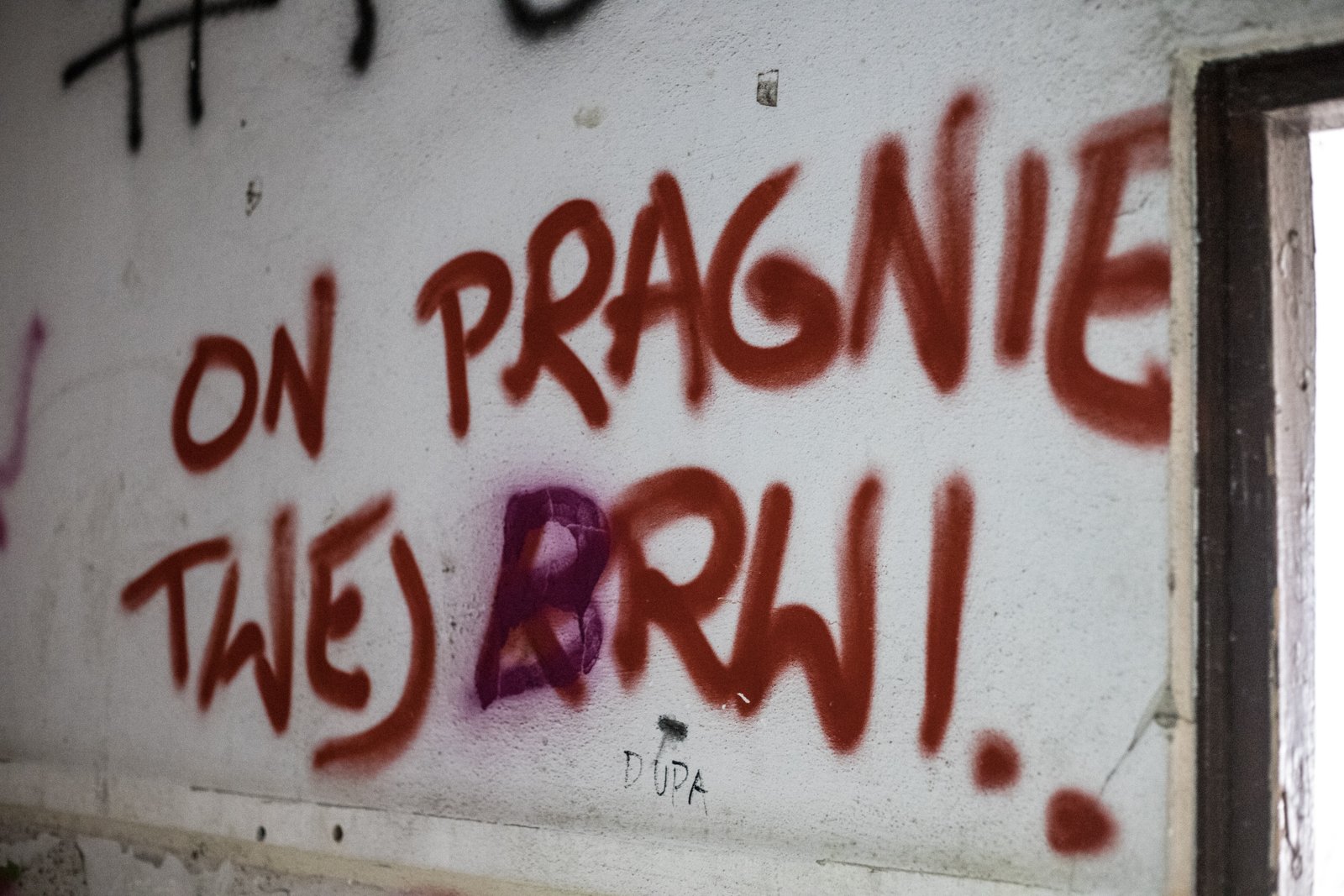
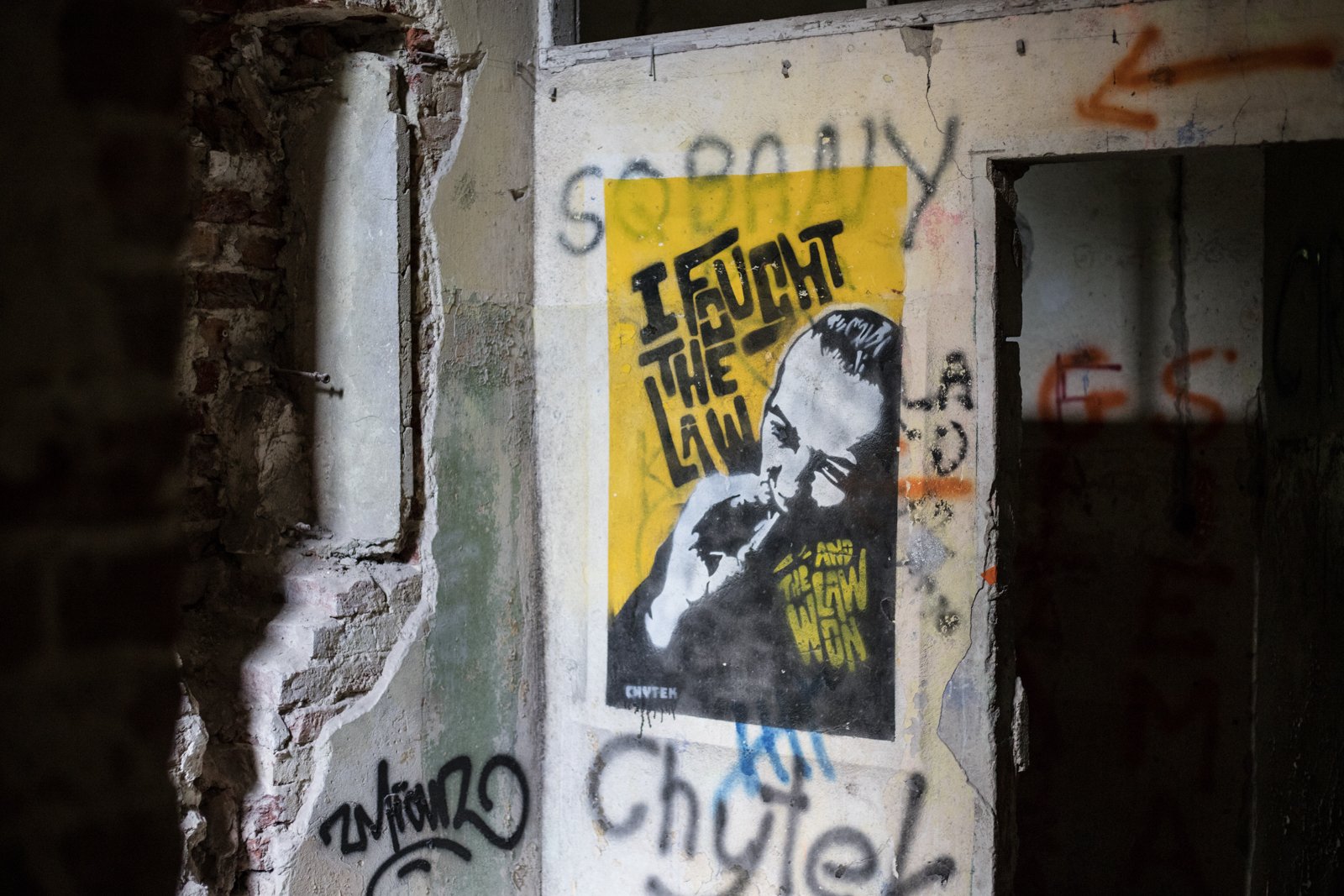
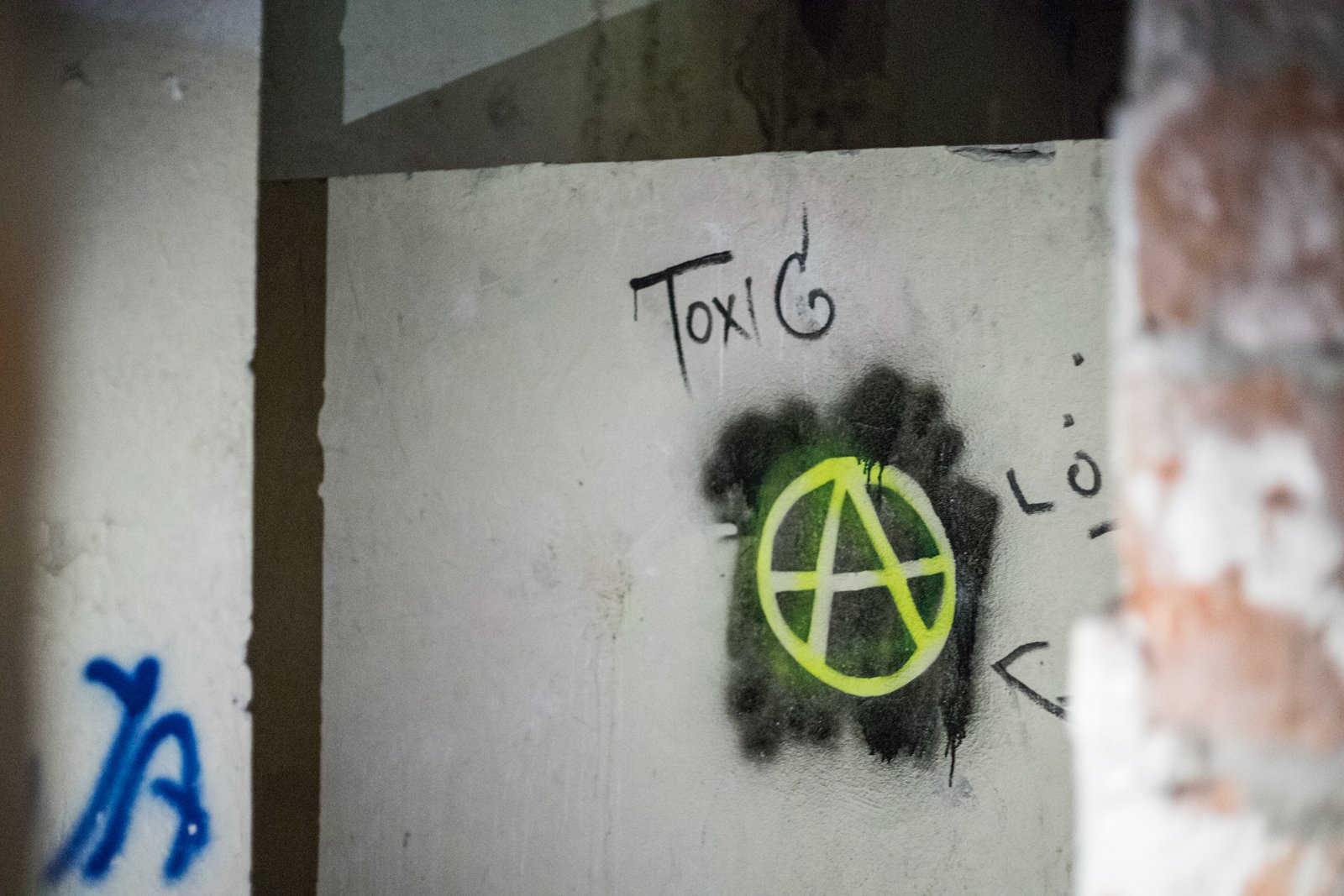
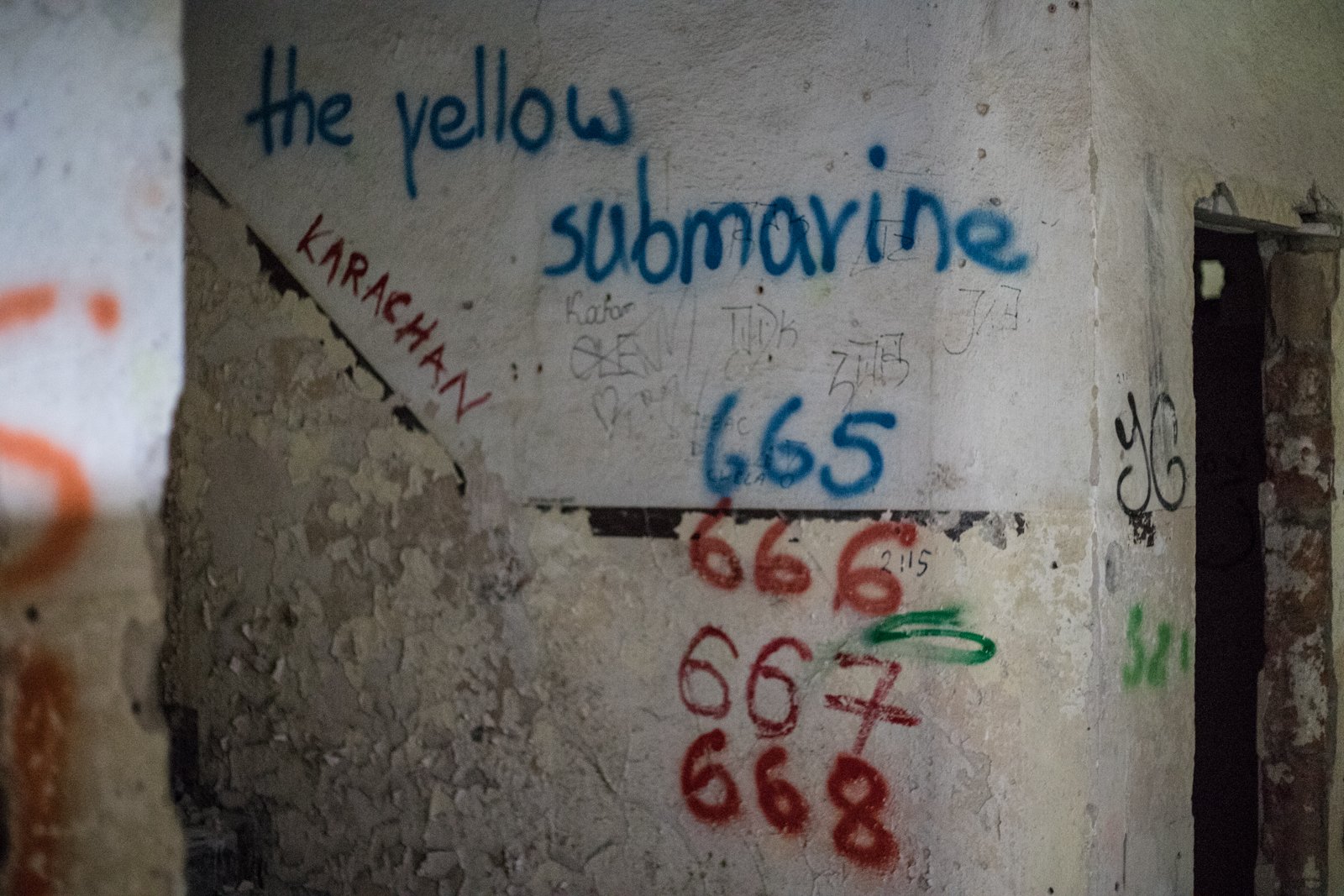

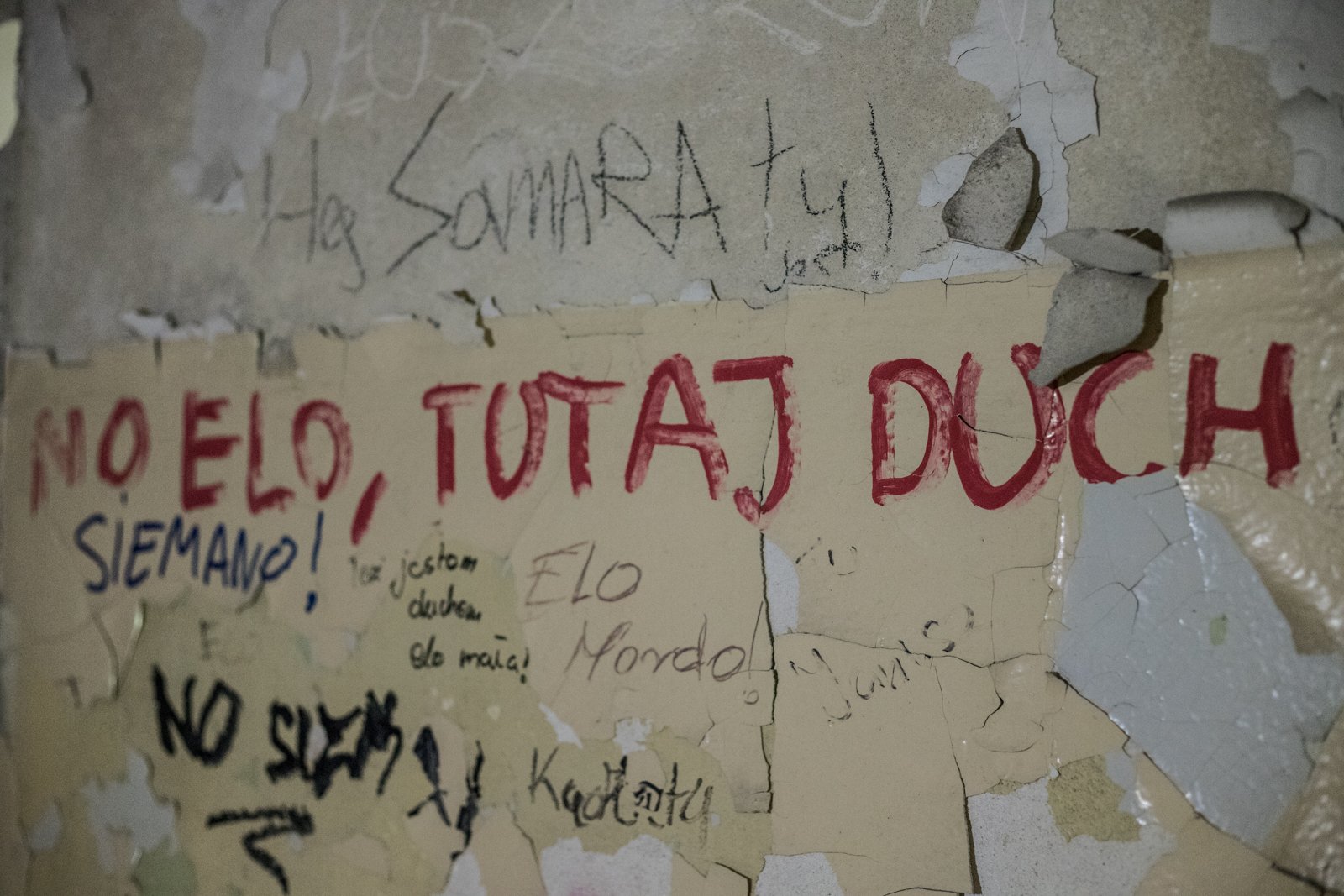
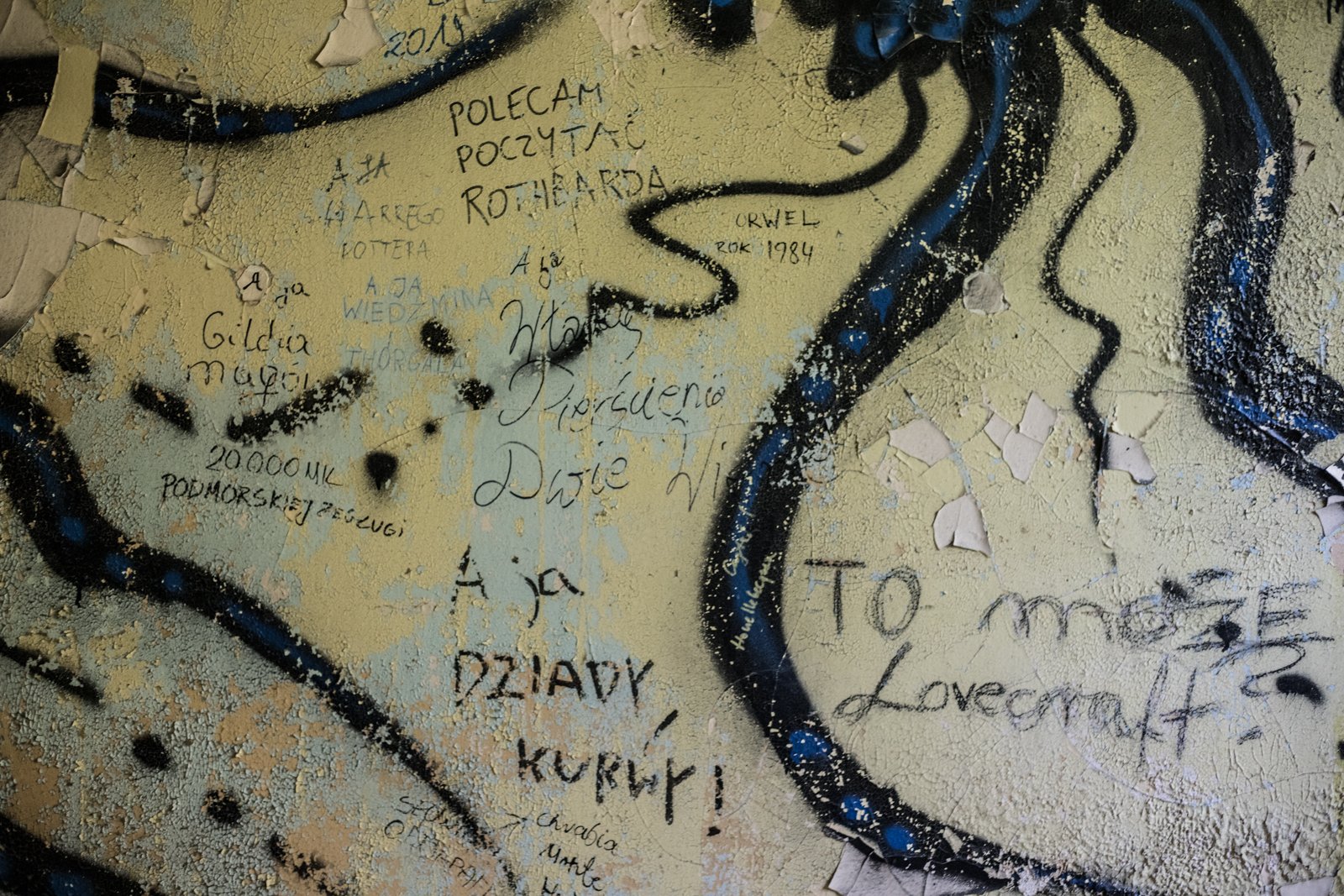
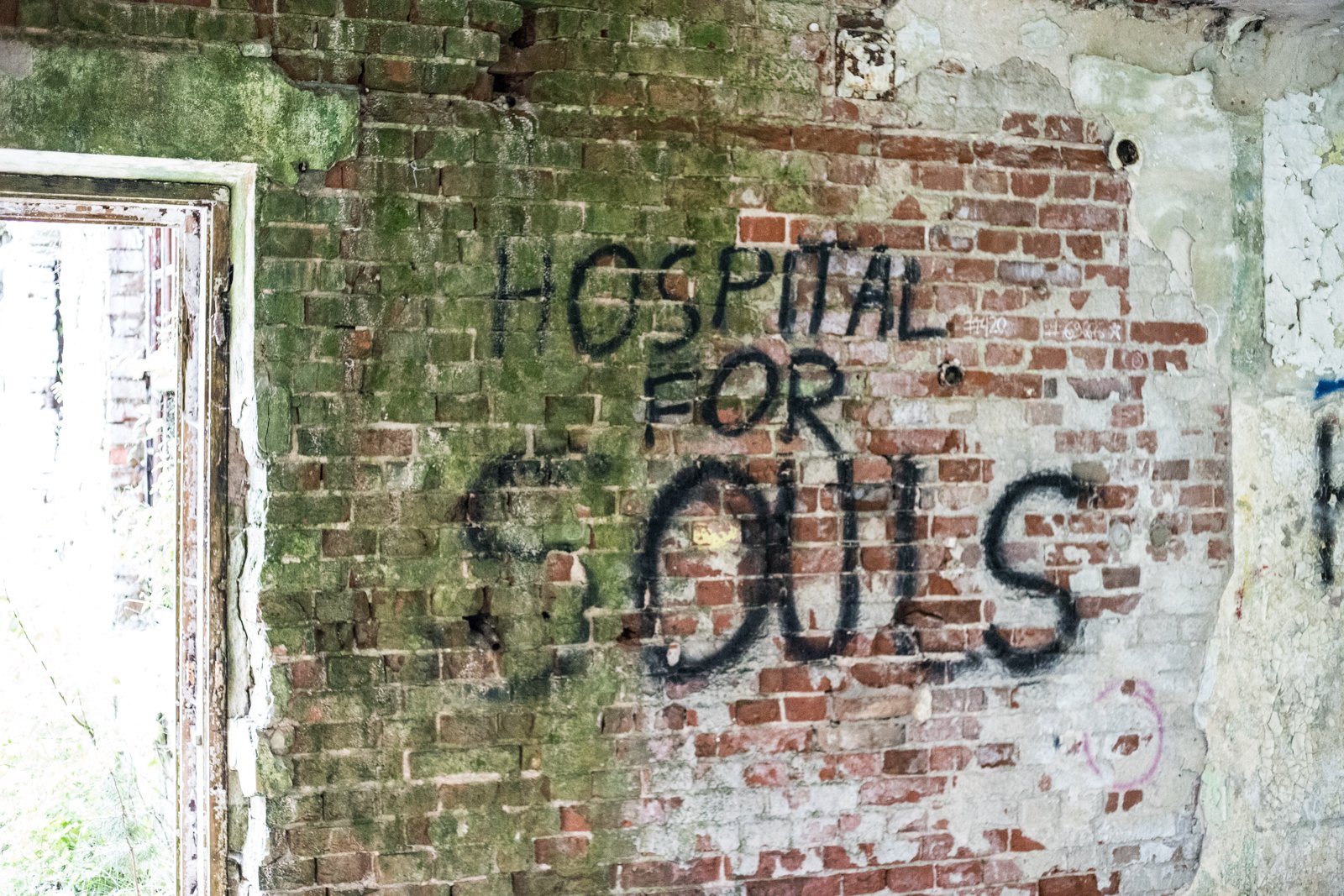
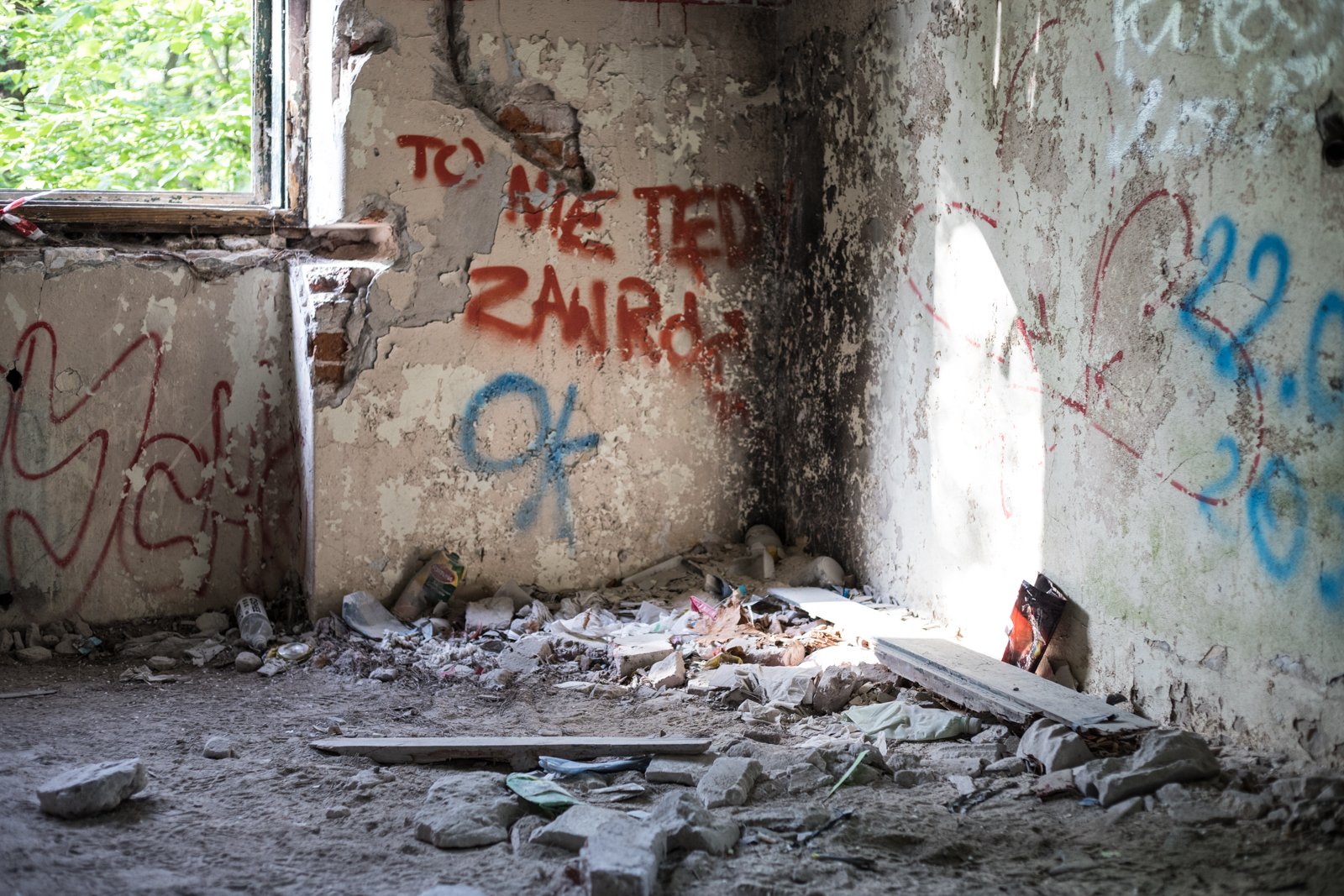

No comments:
Post a Comment